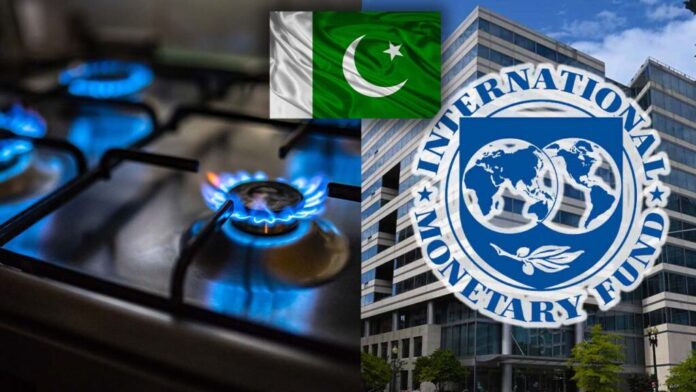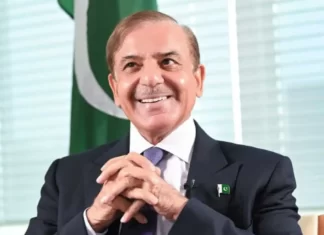In response to an Rs100 billion deficit in the gas sector attributed to protected residential consumers, authorities plan to implement a 100 percent increase in gas prices in two phases, scheduled for January and July 2024.
This move comes after a previous 193 percent gas tariff hike on November 1, 2023, which did not affect protected gas consumers except for an increase in meter charges. Protected consumers make up 57 percent of the total nationwide consumers.
This adjustment is intended to address the current disparity between their tariffs and those of other domestic consumer categories and eliminate the Rs100 billion deficit gradually.
In line with IMF directives, the government is set to end the differentiation in gas tariffs between export and non-export industries in January 2024. This change is anticipated to generate an additional revenue of Rs20-30 billion.
Additionally, the IMF is urging the government to eliminate cross-subsidies of Rs27 billion provided to fertilizer giants, including Engro Fertilizer and Fauji Fertilizer Bin Qasim Limited.
As per the IMF guidelines, captive power plants connected to the national electricity grid will no longer receive gas. Instead, those not connected to the grid will be supplied with Re-Gasified Liquefied Natural Gas (RLNG) instead of local gas.
The government is working to increase gas tariffs for the export sector, both for export and captive plants, by Rs100 per MMBtu to align them with non-export industry tariffs. These measures are expected to generate additional revenue of over Rs100 billion and contribute to reducing the current natural gas circular debt standing at Rs1,250 billion.
Presently, the gas tariff for the export sector is Rs2,100 per MMBtu, while for the non-export sector, it is Rs2,200 per unit. Captive power plants for the export industry face a tariff of Rs2,400 per MMBtu, and for the non-export industry, it is Rs2,500 per MMBtu. The government aims to end the tariff disparity, generating additional revenue and contributing to reducing the circular debt.
Despite the expected rise, officials argue that the increase for protected consumers will remain significantly lower than that for other categories. The phased approach, starting in January 2024, aims to reduce half of the Rs100 billion deficit, with the remaining Rs50 billion addressed in the next phase starting July 1.
According to the revised calculation post the proposed increase, tariffs for different consumer categories will adjust accordingly. For instance, the 0.25hm3 category will pay Rs242, the 0.5hm3 category will pay Rs300, the 0.6hm3 category will pay Rs400, and the 0.9hm3 category will pay Rs500 per MMBtu.
The government has already implemented a substantial gas tariff increase of up to 193 percent from November 1, 2023, projecting revenue of Rs980 billion for FY24, surpassing the revenue requirements of gas companies at Rs705 billion.
This additional revenue is intended to cover the cost of RLNG diversion to the domestic sector during the ongoing winter season and compensate for the Rs65 billion loss due to a delayed gas price hike notification.
























